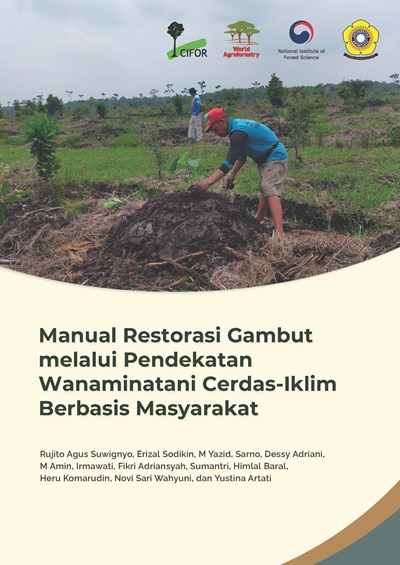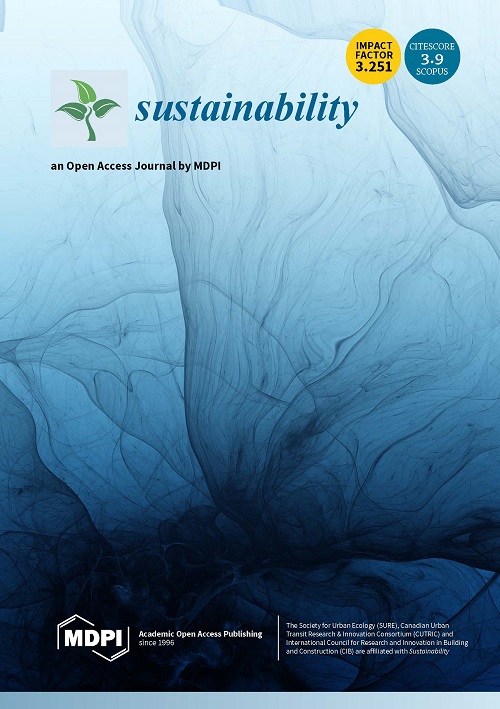Temperate fruit and nut trees require adequate winter chill to produce economically viable yields. Global warming has the potential to reduce available winter chill and greatly impact crop yields. Methodology/Principal Findings: We estimated winter chill for two past (1975 and 2000) and 18 future scenarios (mid and end 21st century; 3 Global Climate Models [GCMs]; 3 greenhouse gas emissions [GHG] scenarios). For 4,293 weather stations around the world and GCM projections, Safe Winter Chill (SWC), the amount of winter chill that is exceeded in 90% of all years, was estimated for all scenarios using the''Dynamic Model'' and interpolated globally. We found that SWC ranged between 0 and about 170 Chill Portions (CP) for all climate scenarios, but that the global distribution varied across scenarios. Warm regions are likely to experience severe reductions in available winter chill, potentially threatening production there. In contrast, SWC in most temperate growing regions is likely to remain relatively unchanged, and cold regions may even see an increase in SWC. Climate change impacts on SWC differed quantitatively among GCMs and GHG scenarios, with the highest GHG leading to losses up to 40 CP in warm regions, compared to 20 CP for the lowest GHG. The extent of projected changes in winter chill in many major growing regions of fruits and nuts indicates that growers of these commodities will likely experience problems in the future. Mitigation of climate change through reductions in greenhouse gas emissions can help reduce the impacts, however, adaption to changes will have to occur. To better prepare for likely impacts of climate change, efforts should be undertaken to breed tree cultivars for lower chilling requirements, to develop tools to cope with insufficient winter chill, and to better understand the temperature responses of tree crops
DOI:
https://doi.org/10.1371/journal.pone.0020155
Altmetric score:
Dimensions Citation Count:
























